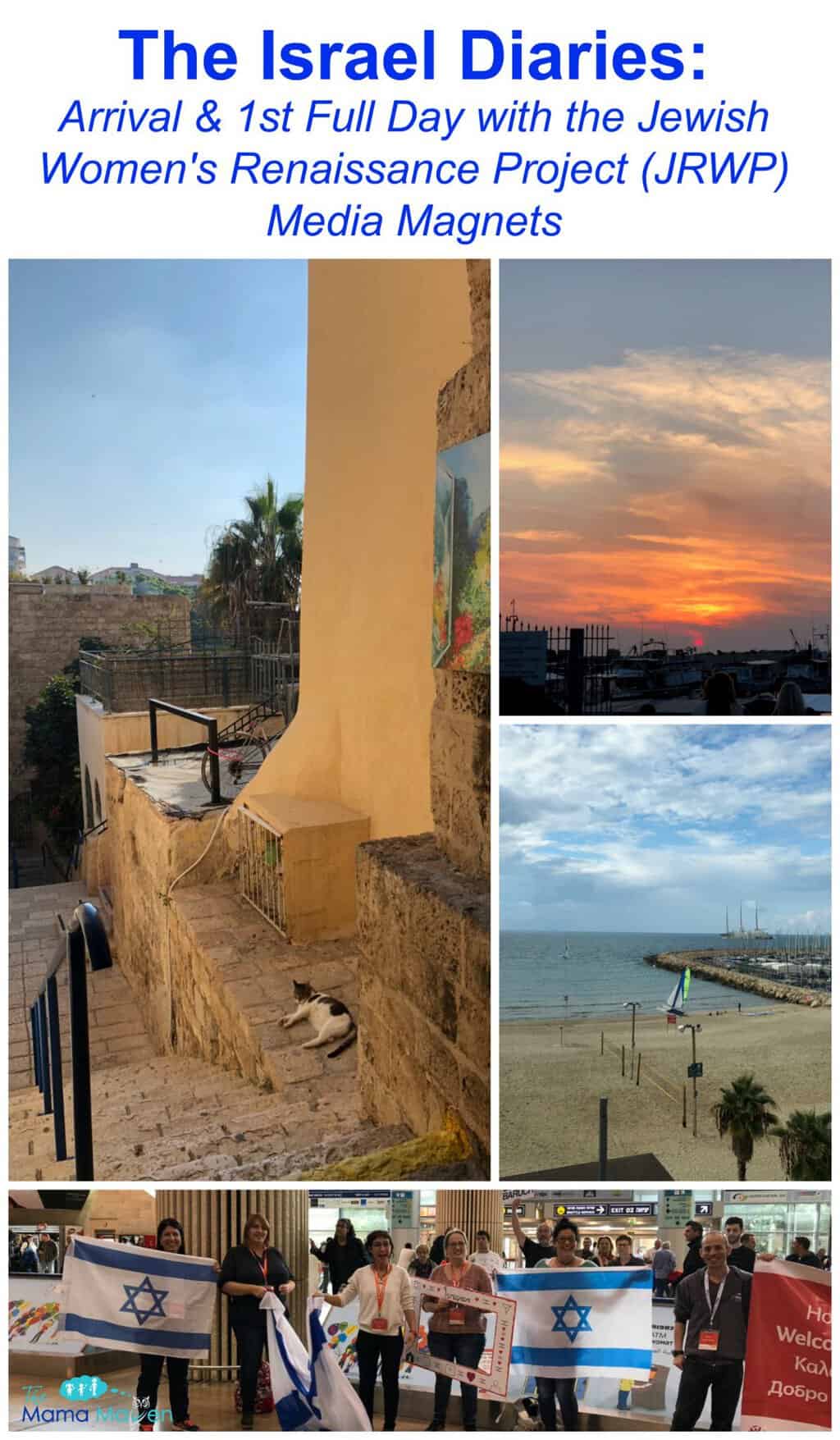Reposting from QueensMamas on Facebook. Please repost.
The problem has been that the elderly, disabled and even capable families (from a health stand point) could not get to the Red Cross feeding stations. There is no transportation, public or private (most privately owned cars in this area are inoperable due to flooding or physical damage), it was too far to walk and many would not leave the immediate area of their homes due to the fear of gang activity or looting. (Read More after the jump).
What has developed, through our Resilience Networking effort, is local community action to bring in, by volunteers, food water, meds, supplies like blankets, etc. However, this effort is not sustainable nor broad enough to really help alleviate the larger population feeding and living conditions problems in the near term……without further help.
I am concerned on two accounts. First, with limited/low calorie intake, these people are far more susceptible to hypothermia. There is no heat, no power, no water and no sewer service for tens of thousands in the Rockaway red zone alone. Even if we distribute blankets, without adequate metabolism from sufficient food intake, they cannot generate sufficient internal body heat to survive cold weather. There is no means to cook or heat food, if they have it, because not all have gas or they do not have outdoor grills. Second, as people become hungry, they are less cooperative and are more susceptible to making bad decisions, like trying to use the stove, if they do have gas, or charcoal to stay warm. The result is that we are seeing numerous deaths in this area from carbon monoxide poisoning and hypothermia. In fact volunteers went apartment to apartment in the NYCHA buildings to inventory casualties today. I have not yet seen the final report for today but the initial information was not good.
The visit by the Mayor earlier this week did not go well and no real change resulted. On Tuesday and Wednesday, we mounted an effort to deploy, using volunteers, warming stations that would also provide food and water, along with some medications. FEMA and City EOC representatives have been virtually AWOL in this area, up until yesterday. This effort is now gaining traction but supplies are an issue, along with a sustainable logistics system/trail to supply the food items. Today FEMA is engaging in this effort, but at a very limited and reserved level. Obviously, such community based, volunteer efforts are regarded with some suspicion and hesitation on the part of the more traditional response agencies. The effort in Rockaway is, I submit, a unique model of community resilience that needs to be nurtured and facilitated, not resisted. So I am anxious to see how the interplay with FEMA and the City develops.
On the hypothermia issue, we also have been working since Wednesday to find funding to purchase, at a substantial discount, body warmers to pass out at the warming stations and via volunteer distribution. The objective is to enable the infirmed, old and apprehensive a means to sustain sufficient body warmth to fight off hypothermia in the face of the anticipated very cold temperatures, now expected to return on Wednesday of next week. Note that the reports from NYCHA and the power companies indicate that power restoration to most of these buildings in Rockaway is not expected for a month or so due to damage to the buildings themselves. NYCHA indicates that they do not have the resources or man power to address the needed repairs at this time. What we have put together, subject to funding, is the purchase of an initial shipment of 24 hour chemical heat pads that can be used safely indoors, under a blanket or clothing for example, to sustain normal body heat for 24 hours. The cost is less than $.55 per day per individual to keep them warm. These pads will prevent hypothermia, even for individuals with challenged systems and low calorie intake. We have been told by FEMA that there is no funding left to obtain these pads. The total cost for the first 25,000, delivered to Rockaway, is $13,745.00. Our estimate is that we will actually need approximately 100,000 of the heat pads to meet the need for the next week! This is an amazing, efficient and inexpensive solution to a major problem. These pads are commonly used by the military, emergency responders and outdoorsman to provide emergency, life sustaining heat. FEMA does not seem to see that this is their responsibility. Very strange to me. I have been directly engaged on such storm and disaster recoveries all over the Eastern US for 25 years. I have never seen such an approach or attitude on the part of FEMA. This is not Haiti, it is New York City! Not sure what to do on this one at this point. If you have any means to exert some influence on this purchase decision at the State level, it would be a dramatic step towards saving lives in Rockaway. I can provide to you the specifics on the product we propose and the acquisition steps needed, if you need them.
This situation also further highlights the need for a rapid expansion of the hot food delivery and alternative sheltering in this area. We have previously provided to the Governor’s Office detailed information on proposals for improving security in the area and for implementing additional sheltering capability. With an initial but modest volunteer capability now established at St Francis school in Rockaway, the volunteers are today establishing additional warming and feeding stations within Rockaway. I think it would be very helpful if the State could reach out and directly engage on this effort to expand the reach and sustainability of what is already underway. I can provide you with contacts, cell numbers and locations if you think you might be able to get traction on additional aid for this area and these amazing community level initiatives.
Finally, if you would permit me some editorial license………These families were told to prepare, before the storm, to be able to shelter in place for 3-5 days. It is now day 12 after the storm! Yet they are still told to shelter in place. This makes no sense to me, but if the city cannot move them to alternative shelter locations and provide some security for their possessions left behind, then we have to escalate the effort to feed and warm these residents. During Katrina, when I was an appointee in DHS, I fought for three days to get the folks out of the Super Dome and the Convention Center in New Orleans because of the lack of food, water and sanitation. We fought from the outset the Mayor’s plan of letting people go there from day one because we knew it was not a sustainable plan. We were proved right within 36 hours. By day five, the White House finally agreed with us and intervened over the resistance of the state EOC in Baton Rouge and we used the 82nd Airborne Div to get them out and relocate them.
It is now day Twelve post Hurricane Sandy in New York City and we still have families and individuals living in filth, with no sustainment means and no heat, with winter weather getting more intense. We, the government at all levels and the rest of America, owe it to these people to get them fed, housed and relocated. I was astonished to see where an official of New York City, last night, said it is not up to the city to move people who do not want to be moved. This suggested that these people want to stay in their current situation. This is absurd and contrary to all reports from people on the ground in Rockaway. These residents of Rockaway need decisive leadership action today.
Please let me know both your thoughts on this overall situation and what might be done from your end in Albany to help alleviate these conditions. I have numerous industry firms I can tap to help, if they are needed and they can be satisfied that there is a mechanism to logistically handle this situation. They, along with the American public, are aware and watching this situation. I submit that City and State officials need to act immediately to avoid another Katrina like debacle.
Respectfully,
John
John T. Hoffman
Colonel, USA, Retired
Senior Research Fellow
National Center for Food Protection and Defense
University of Minnesota
919-614-8915 (cell)




Leave a Reply